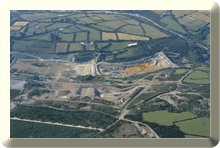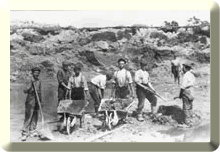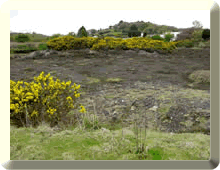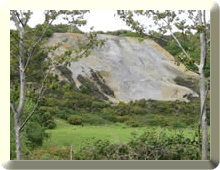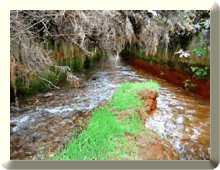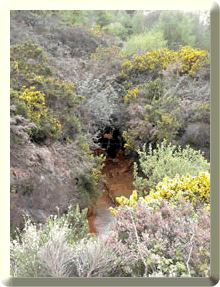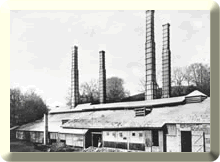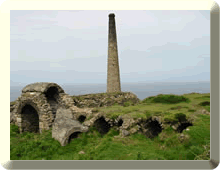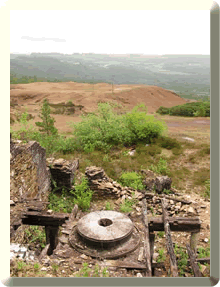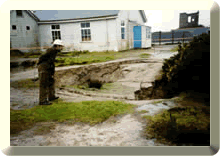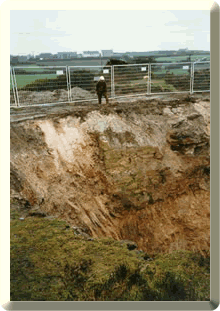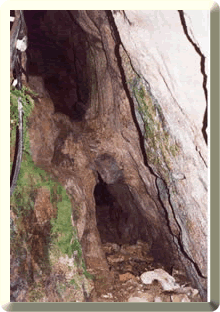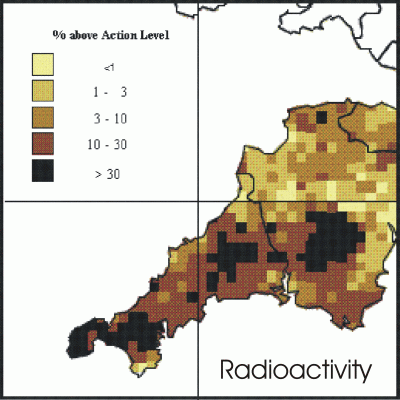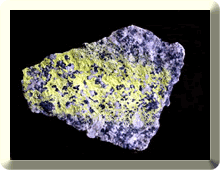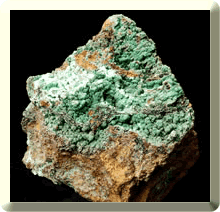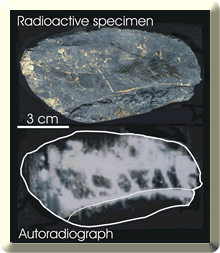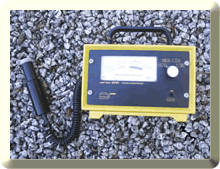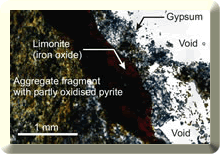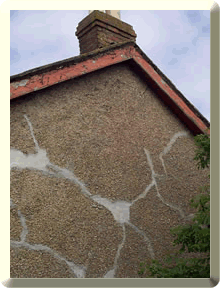
The mining, processing and smelting of metals, has left a legacy of pollution, despoilation and hazards throughout the orefield. In the early part of the history of mining in the region, especially in the medieval period, placer or alluvial mining was dominant. Substantial tonnages of material were moved in the valley systems to winnow out the cassiterite by the use of water. The result of this activity was the rapid silting up of some of the more shallow estuaries. The sediments mined however, were benign, as they contained only trace amounts of heavy metals such as copper, zinc and lead and the metalloid arsenic. With the dawn of hardrock mining contamination in the form of metallic sulphides of iron, copper, zinc and lead, and the metalloid arsenic, were discharged in tailings into river courses. These flowed into estuaries where on mixing with sea water settled out to form contamination blankets in estuarine sediments. For a case study and more detail on estuary contamination from hard rock mining please click here. |
|
|
The breakdown, or oxidation, of pyrite in old mine workings has led to the formation of sulphuric acid and iron oxides and to the production of acid mine drainage (AMD) containing heavy metals.
These escape from adits draining mining districts to contaminate river systems. Sudden flood surges and contaminated water breakout from mine workings can quickly contaminate river systems and estuaries with iron oxides and heavy metals. |
|
The smelting of ores had led to pollution from dusts and residues from industrial sites and aerosols from chimney stacks. Ores containing high levels of sulphur and arsenic were roasted in calciners prior to smelting to drive off these elements. These were released to atmosphere. Later arsenic was recovered from this process and refined for sale but the pollution was still extensive. |
|
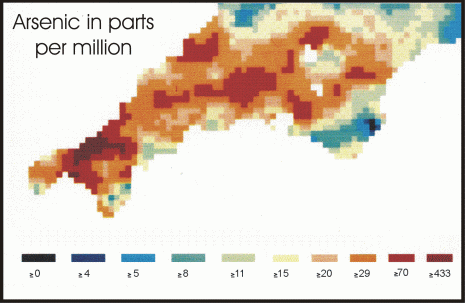 |
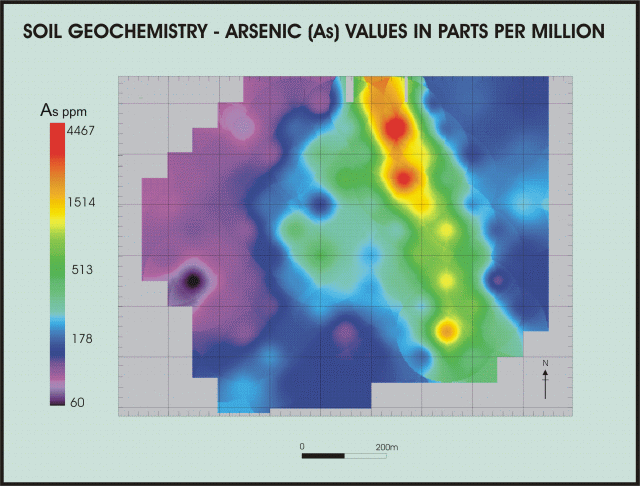 |
Webb, 1978. |
After Camm, 2003. |
The collapse of shafts and shallow mine workings poses a hazard throughout the orefield. Shallow mine workings were excavated prior to the ability to survey and map and consequently are therefore often unrecorded. Most old mine plans are held at County Record offices in both counties. It is now mandatory to have a mine search when purchasing a property on a mortgage. If mining is suspected some form of site investigation may be required. |
|
A natural health hazard also occurs in the region. The granites and lodes contain radioactive minerals. The area is therefore prone to the leakage of radon (a radioactive gas) due to the decay of these radioactive minerals. The risk is not uniform over the entire area of the orefield with higher concentrations recorded over granites and mineralized areas. The gas accumulates in poorly ventilated parts of dwellings and in areas most at risk some form of forced air circulation is advised.
For additional information on radon please see |
|
|
In some areas of the orefield concrete block manufacture in the 1920s and 1930s used mine tailings as sand or crushed mine rock dump as aggregate. This material was contaminated with iron and other sulphides. Over the passage of time iron pyrite oxidizes producing a weak sulphuric acid, which attacks the cement, resulting in a loss of mechanical strength producing what is known as 'mundic' block. It is now a requirement for obtaining a mortgage that buildings are tested for this condition. For further information on mundic block please click on this link (PDF 2.65MB) kindly provided by Dr. Alan Bromley.
|
|
This site was last updated on
Friday, October 7, 2005 3:03 PM
.
Webmasters : Simon Camm & Paul
Hedley
